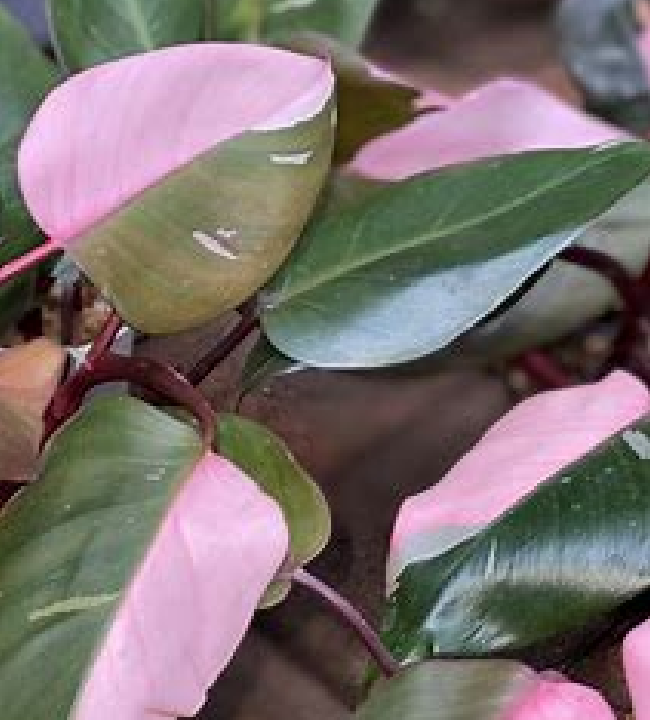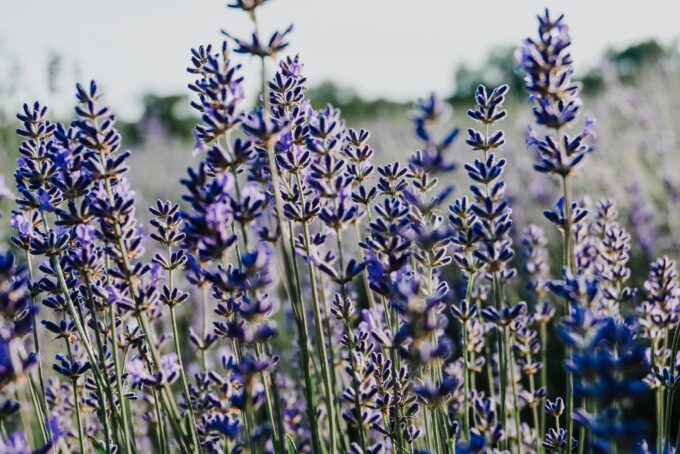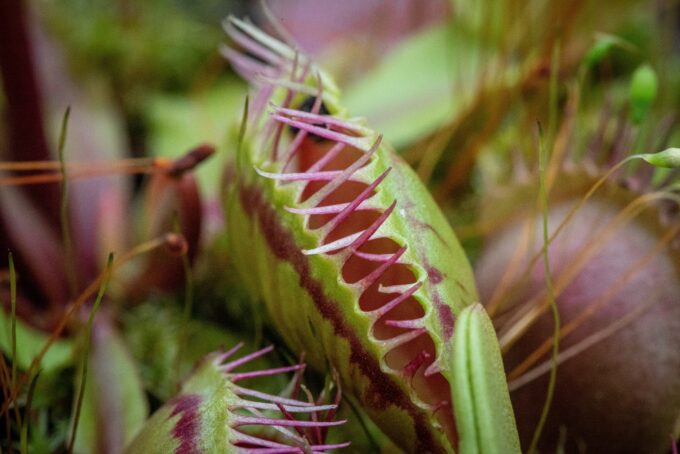If there were ever a houseplant that makes you go crazy, it would be the Pink Princess Philodendron! Philodendron Pink Princess is a beautiful houseplant known for its vivid pink variegation on its leaves. Though not all of the leaves will display such coloring, it is always enjoyable to watch each new leaf unfurl to see what color it has in store for you. Hence, a bit of the frustration.
In today’s article, learn everything there is to know and how to care for the Pink Princess Philodendron.
How to Care For Your Pink Princess Philodendron
Here are some points to keep in mind while caring for this plant.
Light
Giving your Pink Princess Philodendron lots of bright, indirect light is one method to maintain its pink coloring. The essential term here, though, is indirect. Direct sunlight will burn the plant’s fragile leaves and make it brownish, and the harm is irreversible.
If you place this philodendron in a location with low to moderate sunlight levels, the variegation will likely reduce, and the growth rate will likely stall even further. If you’re concerned about light levels, add a grow lamp.
Water
Allow the upper half of the soil to dry between waterings, then water thoroughly. Ensure your Pink Princess never rests in wet soil, which can cause root rot. It is very easy to overwater your pink princess philodendron rather than to underwater it, so err on the side of caution and wait another day if you are unsure.
Soil
This plant thrives in soil rich in organic content, as do all Philodendrons. You may also use your preferred soilless potting mix, but add enough perlite to make it lovely and airy.
An excellent starting point for houseplant potting mix is 3 parts Miracle-Gro Potting Mix to 1 part Perlite.
Mix it all together and you have a beautiful, fluffy potting mix for your green tropical plants! Pink Princess benefits greatly from this combination.
Temperature
Pink Princess Philodendron thrives in warm, humid circumstances, although a home’s typical temperature and moisture are sufficient for these tough plants.
Temperatures around 65 and 79 degrees Fahrenheit (18 and 26 degrees Celsius) are good for your plant, while temperatures below 60 degrees Fahrenheit (15 degrees Celsius) should be avoided.
Humidity
Philodendrons, in general, like humid conditions. They are, after all, from tropical climates! However, they adapt well to average household humidity levels.
Increasing the humidity for your Pink Princess Philodendron will support healthy new growth. Extra humidity has also been proven to help avoid browning on the variegated areas of some these type of plants.
Fertilizer
The Pink Princess Philodendron thrives on consistent monthly feedings with a mixed liquid fertilizer during its growing period (spring and summer). As your plant enters its dormant stage in the early fall, stop fertilizing it.
Growth Rate
The Pink Princess Philodendron is an everlasting vining plant that belongs to the Araceae family (the aroids) that may grow up to 4 feet tall when planted, but generally remains about 2 feet. It features burgundy stems, petioles, and aerial roots that sprout from the nodes. New leaves emerge with burgundy color (which subsequently becomes variegated) or with pink and white variegation.
Toxicity
Unfortunately, when swallowed, Pink Princess Philodendron is a dangerous plant. If you’re worried about your children or pets eating it, keep it out of their reach.
Potting and Repotting
When young, Philodendron erubescens must be repotted once a year, then once every two years after that. Repotting your plant allows you to freshen up the potting mix while encouraging development. Larger pots give the roots more space to develop. Another advantage of repotting is that it keeps the plant’s roots from getting rootbound, which aids drainage.
Common Plant Pests and Diseases
A few diseases or pests will harm your Pink Princess Philodendron. Aphids, mealybugs, fungus gnats, spider mites, and scale may infest the leaves. These pests may be naturally handled by producing pesticide soap or chopping off the infected leaves.
Root rot, caused by excessive watering, and rust spot, caused by a fungal infection, are two prevalent illnesses that can harm this beautiful plant.
But there is one thing to keep an eye out for: withering leaves. Even when conditions are ideal, enthusiasts may encounter frequent occurrences of this happening.
If you identify it early enough, you can maintain your Pink Princess’ health by altering your watering or simply adjusting the quantity of sunshine and/or boosting humidity levels. Overwatering is the most common culprit in this situation.
Is the Pink Princess Philodendron for You?
These plants require appropriate light, warmth, and humidity to retain their pink variegation. You bring out the pink hue in your Pink Princess plant by giving it adequate light, keeping it warm, and maintaining optimum humidity levels. With these simple techniques and methods, you could keep your Philodendron Pink Princess sparkling brilliant and pink all year long.
popular posts
Garden

Here's Why You Should Add Empty Water Bottles to Your Garden
by Erika Hardison | July 18, 2023
FOLLOW ALONG ON INSTAGRAM
#homeandtexture
Find us on social for more home inspiration where culture, personal style, and sophisticated shopping intersect to help you create a home where you love to live.






